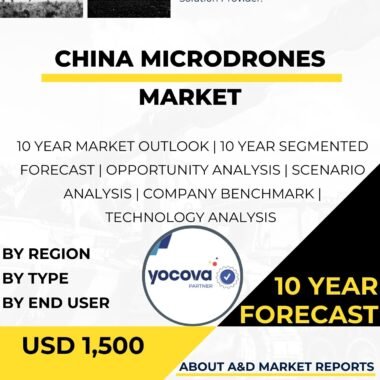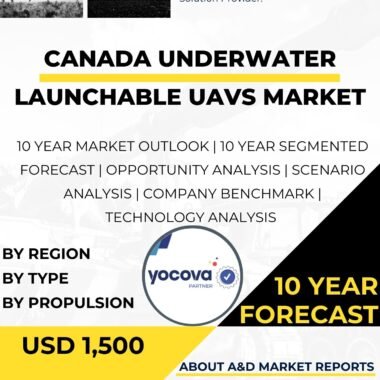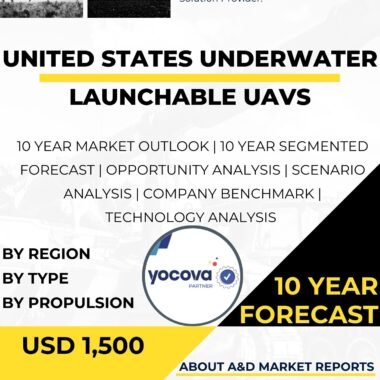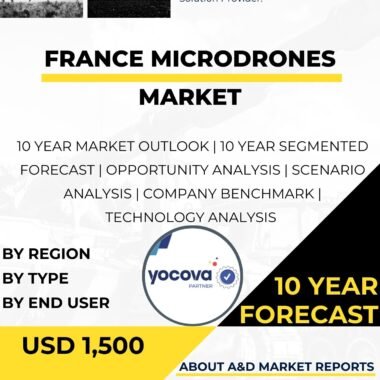Description
Microdrones are small, unmanned aerial vehicles (UAVs) that have gained prominence in Canada’s defense industry due to their versatility, mobility, and adaptability. These miniaturized drones, equipped with advanced sensors and capabilities, offer a wide range of applications across various military sectors. As Canada faces evolving security challenges and seeks innovative solutions, the adoption of microdrones enhances the Canadian Armed Forces’ (CAF) operational capabilities and strengthens the country’s defense preparedness.
One of the primary applications of microdrones in Canada’s defense sector is in reconnaissance and surveillance missions. These miniaturized UAVs are equipped with advanced sensors, cameras, and intelligence-gathering equipment, allowing them to gather real-time data and imagery from hard-to-reach or hazardous locations. Microdrones provide critical intelligence and situational awareness to ground forces, enhancing their operational effectiveness and decision-making capabilities.
Moreover, microdrones contribute to Canada’s intelligence, surveillance, and reconnaissance (ISR) capabilities in both domestic and international security operations. The small size and maneuverability of these UAVs make them valuable assets in conducting covert surveillance and reconnaissance tasks, supporting counterterrorism efforts, border security, and law enforcement activities.
In addition to their ISR applications, microdrones are used in force protection and security operations. These small UAVs can be deployed to monitor military installations, bases, and critical infrastructure, providing early warning of potential threats or intrusions.
Furthermore, microdrones play a vital role in search and rescue missions. Their ability to access hard-to-reach or dangerous areas makes them valuable tools in locating and assisting individuals in distress, especially in natural disasters or remote environments.
The Canadian defense industry actively participates in the development and modernization of microdrones. Collaborations with domestic companies, academia, and international partners facilitate knowledge sharing and technology transfer, positioning Canada at the forefront of microdrone innovation.
To ensure the security and reliability of microdrones, rigorous testing and validation processes are employed during their development and production. These procedures involve comprehensive assessments of the UAVs’ performance, safety features, and compliance with international aviation standards.
Ethical considerations are addressed in the use of microdrones, particularly in scenarios involving civilian privacy and international humanitarian laws. Ensuring compliance with ethical guidelines and international regulations is essential to prevent misuse and protect civilian rights in surveillance and reconnaissance missions.
The integration of advanced technologies is an ongoing trend in the Canadian microdrone market. Modern microdrones are equipped with high-resolution cameras, thermal imaging sensors, and sophisticated data transmission capabilities. These enhancements improve the UAVs’ surveillance capabilities, data acquisition, and communication range.
Furthermore, the use of swarming microdrones is an emerging concept in Canada’s defense industry. Swarms of microdrones can collaborate and operate in a coordinated manner, performing complex tasks, such as wide-area reconnaissance or electronic warfare.
Microdrones also contribute to Canada’s international defense partnerships. The interoperability of these UAVs with allied nations fosters cooperation and enhances collective security efforts.
Additionally, the Canadian defense industry explores the concept of autonomy and artificial intelligence in microdrones. These developments aim to enhance the UAVs’ decision-making capabilities, enabling them to operate more autonomously and adapt to dynamic operational environments.
In conclusion, microdrones are a critical and innovative component of Canada’s defense industry, providing essential capabilities in reconnaissance, surveillance, search and rescue, and force protection missions. These miniaturized UAVs enhance the CAF’s operational readiness and response capabilities, providing critical intelligence and situational awareness to ground forces. Moreover, microdrones contribute to Canada’s ISR capabilities in both domestic and international security operations, supporting counterterrorism, border security, and law enforcement efforts. The Canadian defense industry invests in research and development to continually advance microdrone technologies, positioning the country at the forefront of UAV innovation. Rigorous testing and validation processes ensure the security and reliability of these UAVs, meeting stringent aviation standards. Ethical considerations prioritize civilian privacy and adherence to international regulations. The integration of advanced technologies, such as high-resolution cameras and swarming capabilities, further enhances the microdrones’ surveillance and operational capabilities. Additionally, these systems foster cooperation and interoperability with allied nations, contributing to Canada’s international defense partnerships. As technology continues to evolve, microdrones will remain a critical asset in Canada’s defense arsenal, enabling the country to respond effectively to emerging security challenges and safeguard its national interests.




